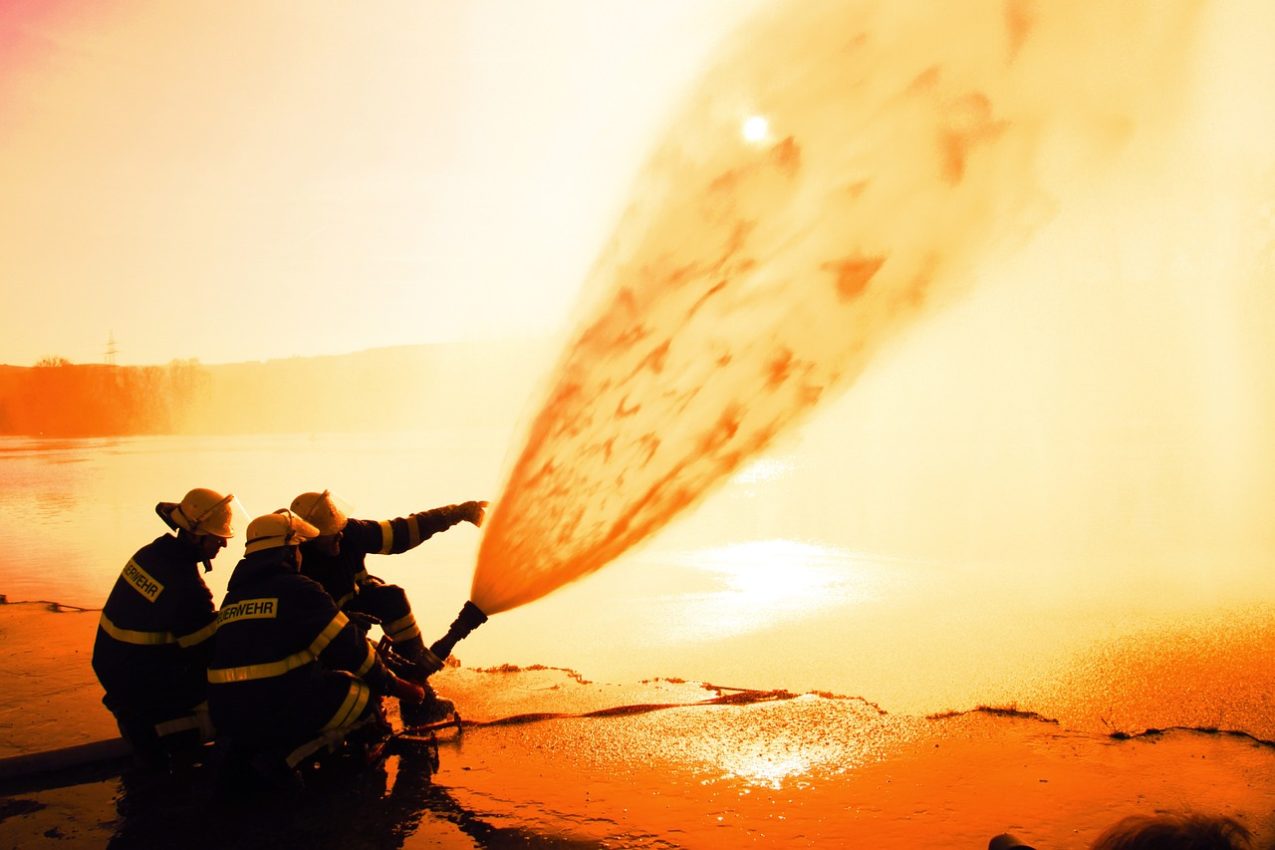Fire pumps help increase the water supply pressure available from mains, tanks, and reservoirs. They are typically installed in a separate pump room.
The fire pump must be driven by a diesel engine or an electric motor. The fire pump motor must be able to withstand severe changes in operating conditions and be protected from damage.
Reliability
Fire pumps are designed to increase water pressure within the sprinkler system. They use an electric motor or a diesel engine to drive the pump and produce the necessary high-pressure water. Regardless of the driving mechanism, it is important that the fire pumps operate reliably during an emergency.
Because of their unique design, the fire pumps require special attention. The fire pump room must be sprinklered and the space should be protected from flood waters and explosions. In addition, the fire pumps must be state inspected and tested on a yearly basis.
It is important that the diesel fuel tank is sized according to NFPA 20. The tank should be able to operate for at least eight hours during a full load test. It should also be refilled on a regular basis to prevent the fuel from becoming stale. Usually, the tank is refilled to a level that is equal to or slightly less than two-thirds of full capacity.
Durability
Fire pumps are incredibly durable, but like any equipment they need some basic maintenance. This can include a simple lubrication job to extend the life of the pump.
The fire pump room environment also impacts the durability of a fire pump. The space should be protected from flooding, explosions and other external effects that could damage the fire pump.
For electrical motor-driven fire pumps, the power supply is critical. It must be able to withstand the high inrush current required by these drivers. Power outages can leave electric motors without power and require a backup source.
In addition to a reliable power supply, sizing the diesel fuel tank correctly is important. It should be sized to hold one gallon per engine horsepower and five percent for expansion. It’s also recommended to cycle the diesel fuel tank on a regular basis. This helps maintain lubrication and ensures there is a reserve of fuel in case of emergency.
Fuel Efficiency
Fuel efficiency is a major concern with the diesel engine fire pump. The system must be designed and assessed for the correct operation and maintenance to ensure that it will perform during a fire emergency when electric power may be unavailable. The cooling system, ventilation, operating environment and combustion air supply all need to be considered and sized correctly.
The fuel tank must be properly sized based on the anticipated run time of the fire pump during a fire. NFPA 20 Appendix B specifies a minimum of one gallon per engine horsepower plus five percent for expansion and sump.
The system must also be able to cool the diesel engine. Many systems allow the use of the fire water piping for this purpose, but the system must be designed and assessed to ensure that sufficient flow is available to the engine heat exchanger. A failure to do this is a major cause of damage to stand-by Diesel-driven fire pumps that have been exposed to an unplanned activation.
Noise
Fire pumps are used to provide an increase in pressure within a fire protection system, so they create some noise. They can be powered by diesel or electric motors and can be installed indoors or outdoors. They’re typically located in a separate fire pump room, but can also be used as an emergency generator.
Fire pump engines should be tested on a regular basis to ensure that they’re functioning correctly. This will help prevent major issues in the future, such as clogs or leaks. Also, the water in the fire pumps should be tested on a yearly basis to make sure it’s free of bacteria and nitrates.
When the fire pump is idling, noise levels should be below 85 decibels. However, during water pump and siren use, noise levels can go above this level. If this happens, it’s important to address the problem immediately. Otherwise, it could affect the health of firefighters and lead to serious injuries.




